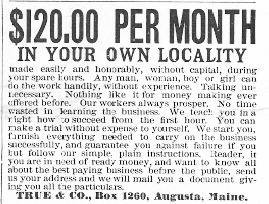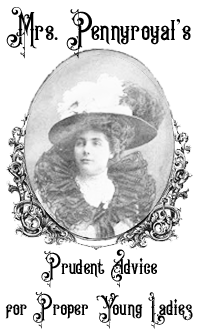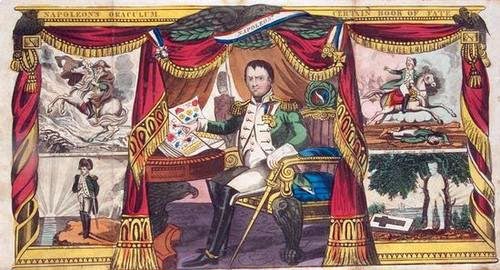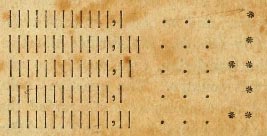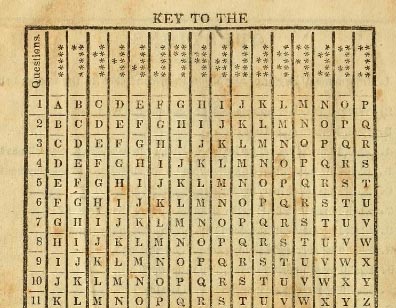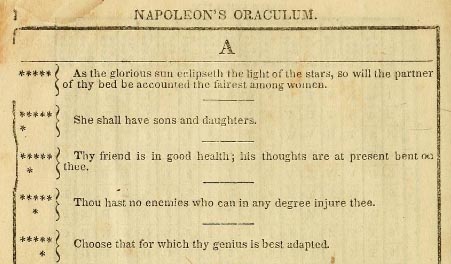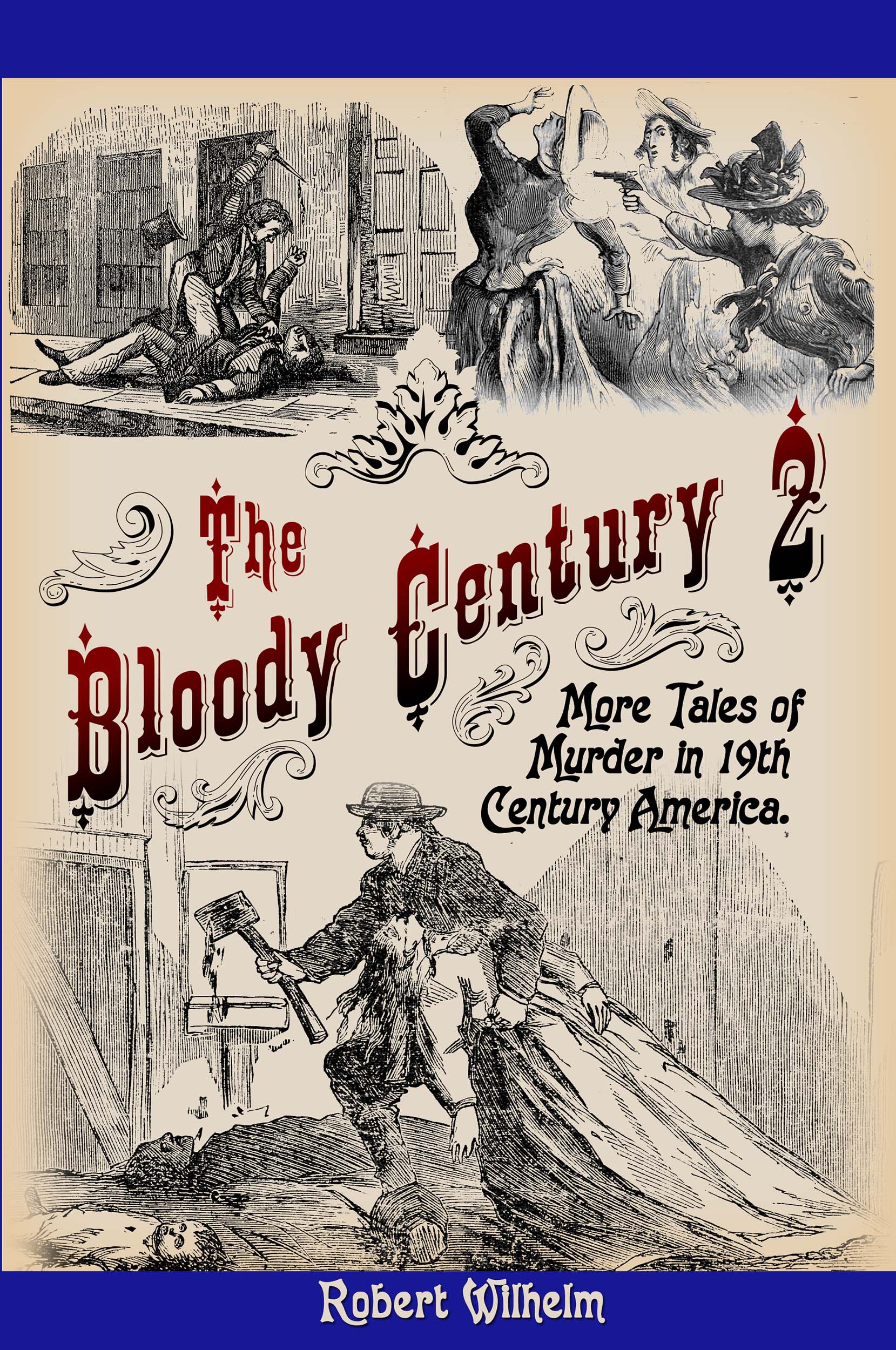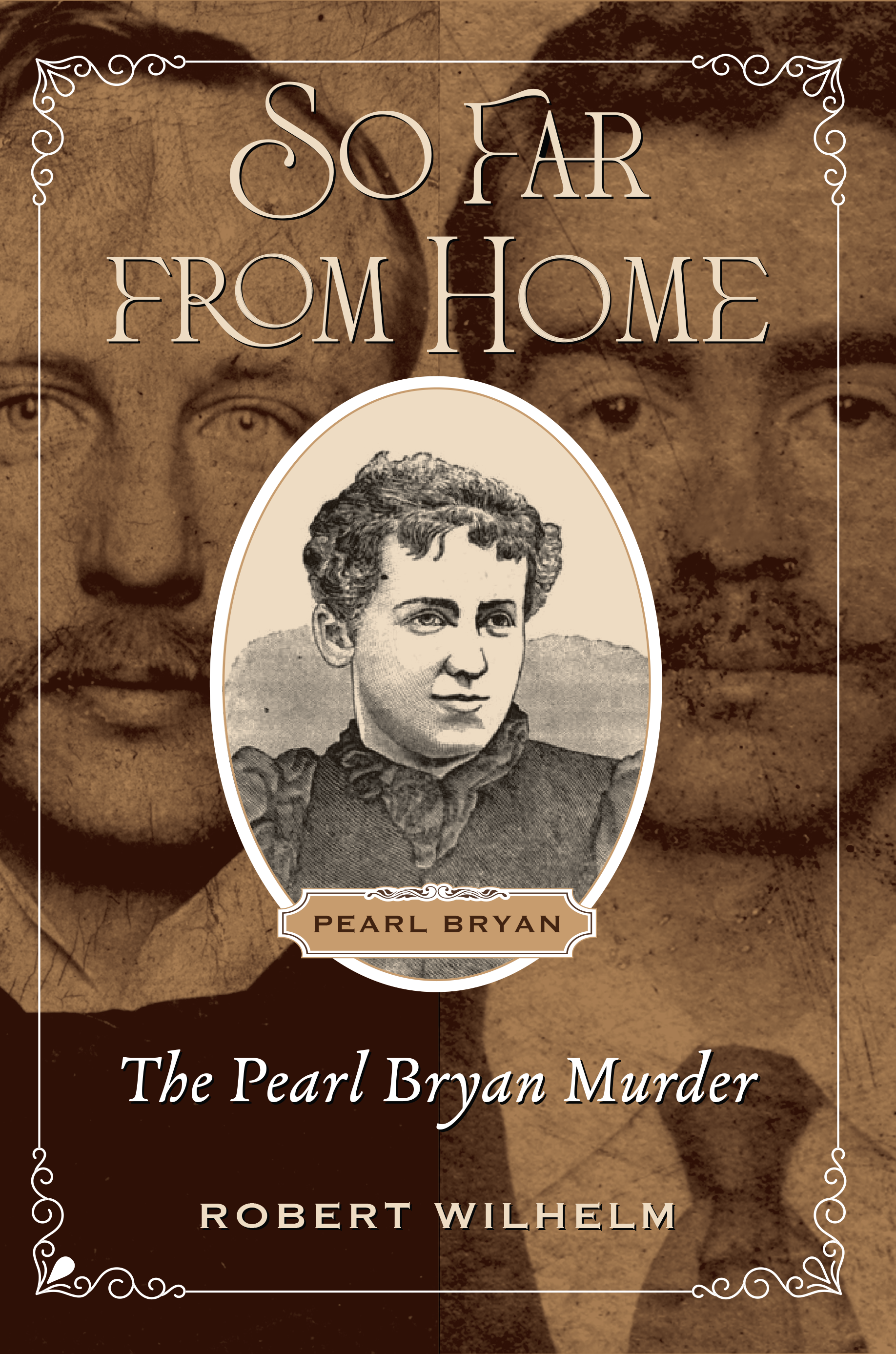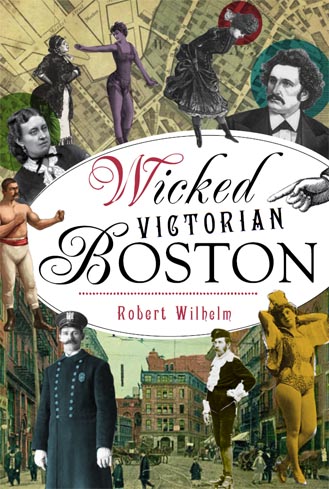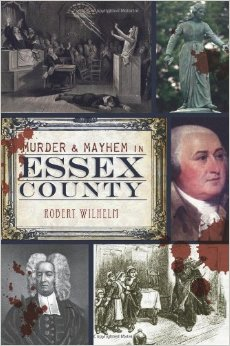
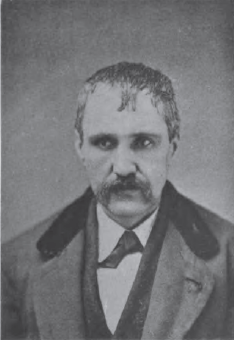
alias: EVANS, JIMMIE THE KID
PICKPOCKET
There is something particularly sinister about murders that not only go unsolved, but where it is impossible to even find the motive for the killing. Such an unaccountable act of evil leaves onlookers with the horrified thought, “For all I know, that could have been me…” The following mystery is one of those cases.36-year-old Daryl Crouch was president of a successful family-owned
More...
Strange Company - 8/25/2025
Stop by this week as we explore what happened the week before the murders, Emma and Lizzie’s getaway to Fairhaven and New Bedford, and new imagery which will help to tell the story. The pears are almost ripe, August 4th is coming fast, and thoughts begin to turn to that house on Second Street once again. Follow us at https://www.facebook.com/lizziebordenwarpsandwefts/ !
More...
Lizzie Borden: Warps and Wefts - 7/26/2025
By the time Sicilian immigrant Michael Lanza founded his namesake restaurant in 1904, the location he chose on First Avenue between 10th and 11th Streets was shaping into a mini Little Italy. Across the Avenue on 11th Street was Veniero’s, the Italian bakery dating back to 1894. in 1908, specialty grocers Russo’s would open a […]
More...
Ephemeral New York - 8/25/2025
Youth With Executioner by Nuremberg native Albrecht Dürer … although it’s dated to 1493, which was during a period of several years when Dürer worked abroad. November 13 [1617]. Burnt alive here a miller of Manberna, who however was lately … Continue reading
More...
Executed Today - 11/13/2020
Three teenage boys made a shocking discovery in Philadelphia’s East Fairmont Park on December 26, 1888. They were in a secluded area near the reservoir where the Water Department stored pipes. Sitting atop a large steel pipe, one of the boys noticed two coarse gunny sacks inside the three-foot mouth of a nearby pipe. He thought they contained the clothes of a tramp. Another boy took a pocketknife
More...
Murder By Gaslight - 8/23/2025
Soapy Smith STAR NotebookPage 21 - Original copy1884Courtesy of Geri Murphy(Click image to enlarge)
oapy Smith's early trips in Texas, Arizona, California, and the men he met.Operating the prize package soap sell racket in 1884.
This is page 21, which appears to be a continuation of pages 19-20, which ends listing cities in Texas, and page 21 continues in Texas. If this is accurate then
More...
Soapy Smith's Soap Box - 8/22/2025
[Editor’s note: Guest writer, Peter Dickson, lives in West Sussex, England and has been working with microfilm copies of The Duncan Campbell Papers from the State Library of NSW, Sydney, Australia. The following are some of his analyses of what he has discovered from reading these papers. Dickson has contributed many transcriptions to the Jamaica […]
More...






